BUILT TO CREATE
Jeremy Rudd joins the team as Master Display Fabricator.
Whether it’s turning napkin sketches into built work, carving blocks of snow into sculptures, or helping a neighborhood brewery find its footing, Jeremy Rudd loves the part of the job where ideas become reality. As McCullough’s new Master Display Fabricator, he’ll translate design concepts into three-dimensional exhibits — ensuring that client visions stand up in the real world.
Content Strategist Jeff Montgomery sat down with Jeremy to talk about his path, his process, and what ignites his passion.
JEFF: All right. Well, first things first, I just want to say welcome to McCullough. We’re happy to have you aboard.
JEREMY: I appreciate it. I am really excited to be here.
JEFF: Can you start by telling me about what your role is going to be? As Master Display Fabricator, what kind of duties will you have?
JEREMY: The job’s a bit evolving right now, but the primary task I have is to transition between the design team and the fabrication team. It's taking the really cool ideas and designs that come out of the design group and figuring out how to translate them into three-dimensional objects that could be built by someone. That includes engineering, structural stuff, material handling, surface treatments—really pulling ideas into the real world.
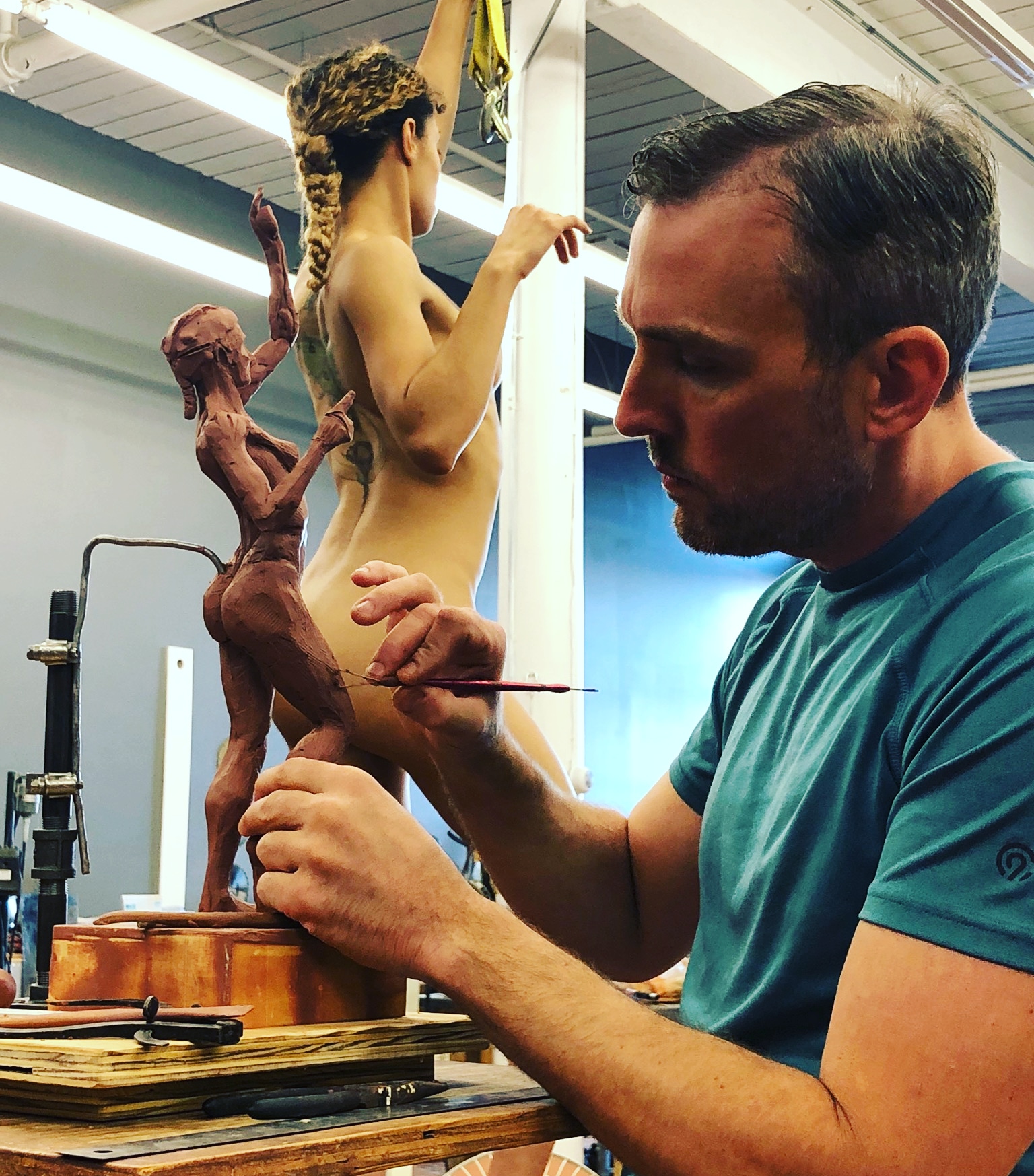
JEFF: What excites you about that opportunity? Why did you want to take this on?
JEREMY: I took a look at the job description and was really intrigued by what I saw. My favorite part of every project is taking the napkin drawing or the concept from clients and figuring out how to make it in real life. That was my favorite part when I was a college professor too: helping students take their ideas and explain how to extract them into the world. I like the unknown and the figuring-out part. I don’t want to make the same thing all the time; I want the variety. Here, because of the wide breadth of clients, every project has something a little new to solve—and that’s what excites me.
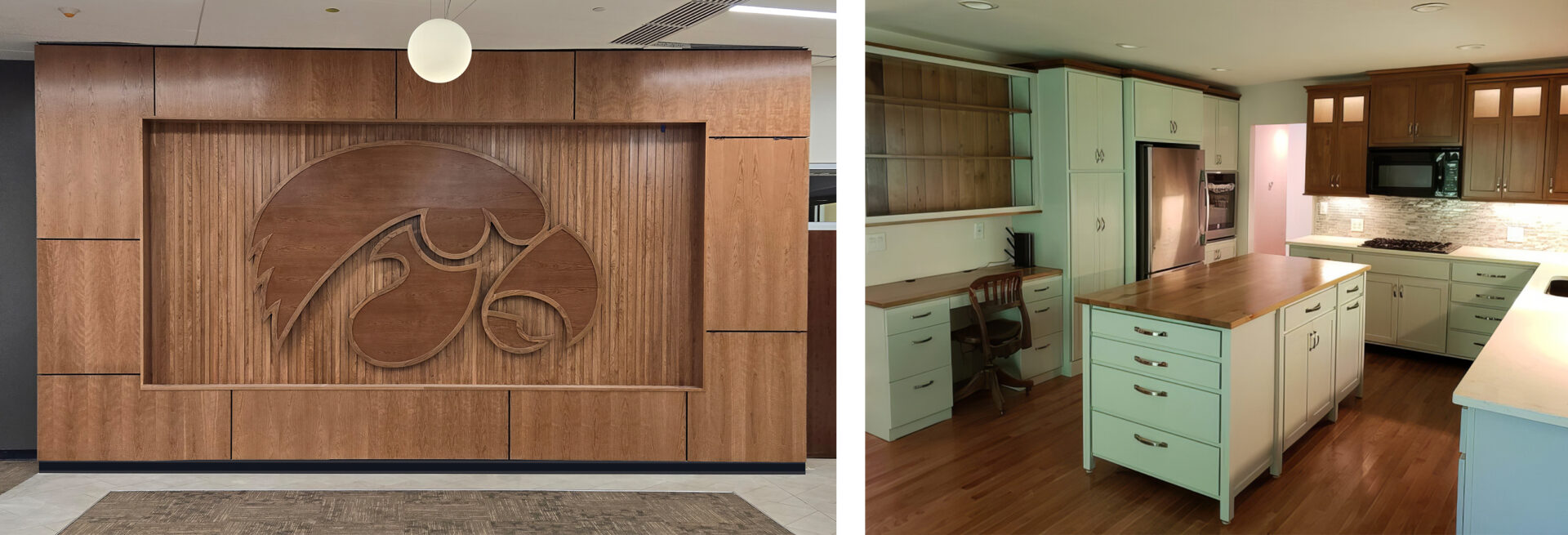
JEFF: Tell me about your path to this point. How did you grow into these skills?
JEREMY: I came from a family of makers and builders—my dad was a welder, my mom did crafts—so I was around making things from a young age. I started college in computer engineering at Iowa State, realized the strictness wasn’t for me, and got into the College of Design. Later I went to graduate school in Massachusetts for sculpture and got my MFA. I taught through grad school—ran shops, taught welding, taught students how to use the shops and fabricate their ideas. Over the years I taught at four different colleges, part time and full time, covering everything from art history and drawing to sculpture, furniture design, public art, and hands-on practicum courses.
Alongside teaching I ran my own studio—custom furniture, liturgical work for churches, commercial design and fabrication. Eventually I hit a plateau doing it alone and wanted a place where I could focus more on the craft and not all the administrative pieces. That’s why this role makes sense for me.
JEFF: What sorts of projects did you do on your own? Anything that stands out?
JEREMY: A lot. When I was teaching at Divine Word College, I did liturgical work for local parishes—St. Elizabeth Ann Seton in Hiawatha is a big one. I was basically their artist-in-residence for 15 years. I sculpted a full-size statue of Mary and one of Jesus and Joseph; those were meant to function as altars. I also did a series of bronze narrative plaques.
On the commercial side, I did custom millwork and cabinetry. Public art has been another leg of my work—it isn’t always lucrative, but I really like making art for outdoor spaces.
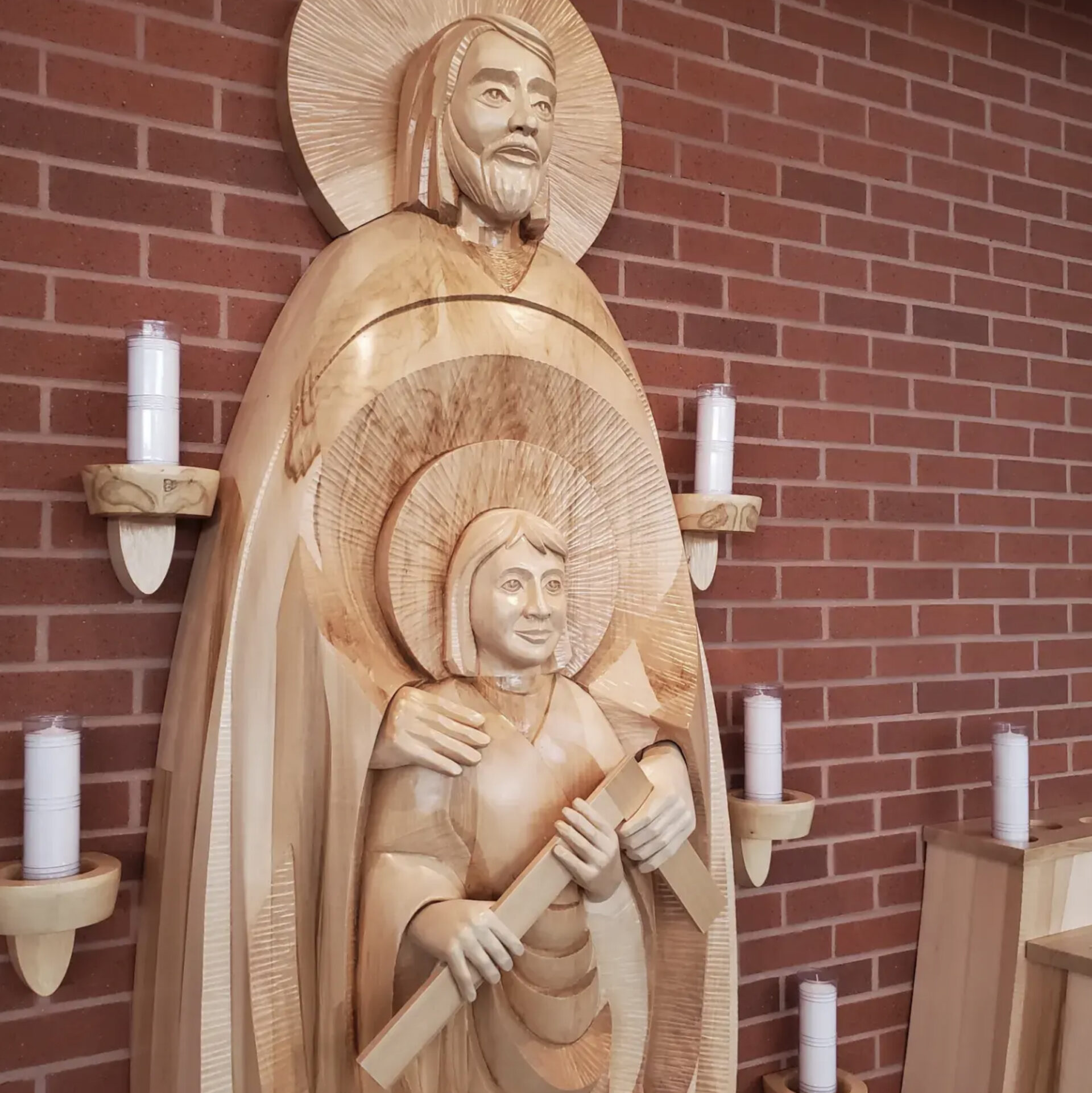
JEFF: You mentioned a passion project you’re part of. Can you tell me about that?
JEREMY: Yeah—when you talk about passion projects, Jubeck New World Brewing is one I became a part owner of. I ended up a part owner because of the build-out. Eleven years ago, they got some big planks from the Millwork District and needed someone to turn them into a bar. I built the original bar and tabletops and installed them. Later, when they needed to expand, I helped design and build out the new space—I did the cabinetry, tables, finishes. It was a soup-to-nuts project and it’s rewarding to see people enjoy that place now.
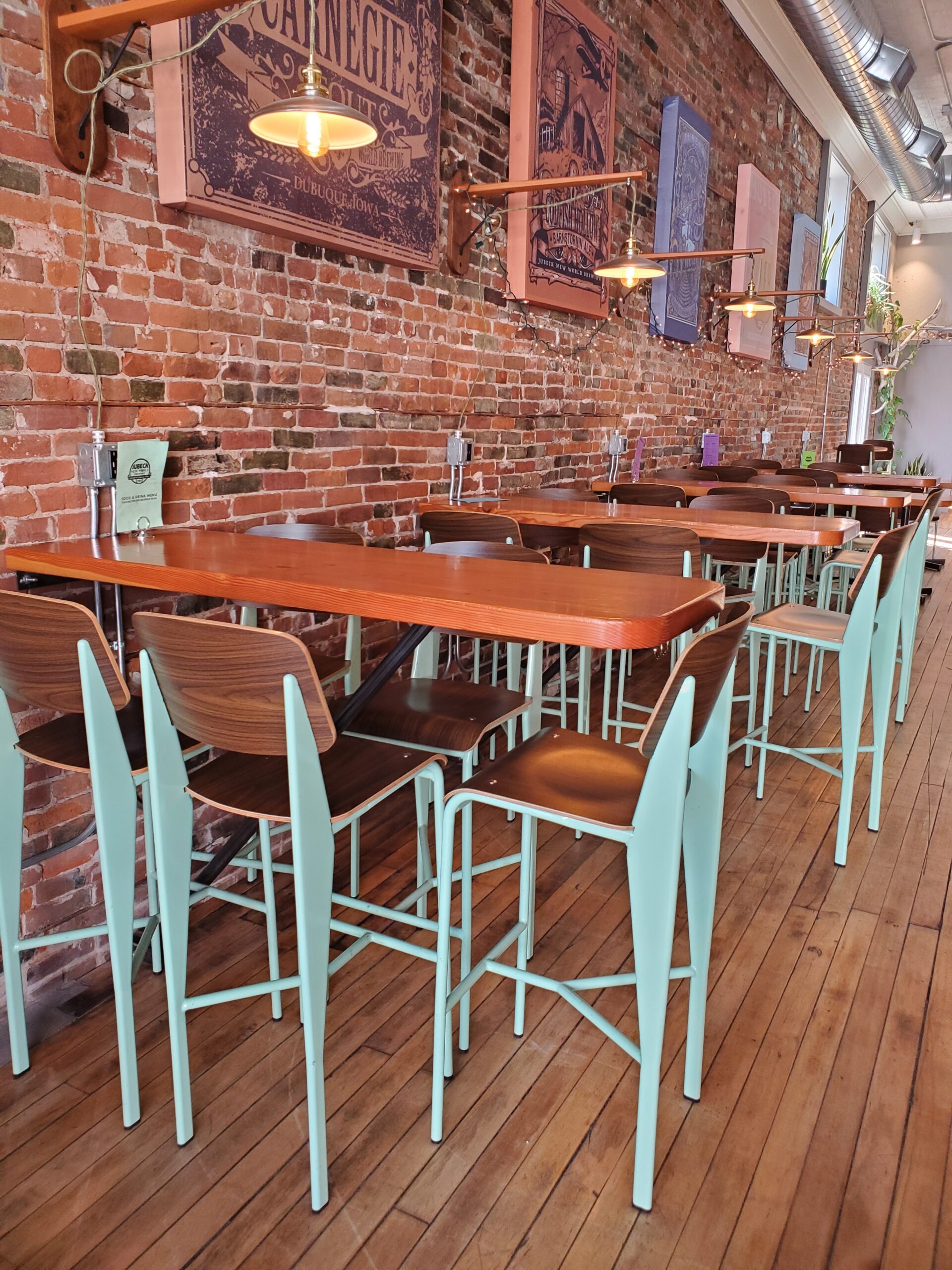
JEFF: Another one of our production artists, Rachel Spurling, knows you from another walk of life: the world of snow sculpting. She mentioned you two have gone head-to-head. Tell me about that.
JEREMY: (laughs) I taught Rachel and another student how to carve; we carved together a couple years and then became opponents. It’s a friendly rivalry. Snow carving is brutal—cold, hard work, and material that doesn’t want to cooperate—but it’s great teamwork and teaches you planning and how to teach others quickly. I'm really excited to work with her again!
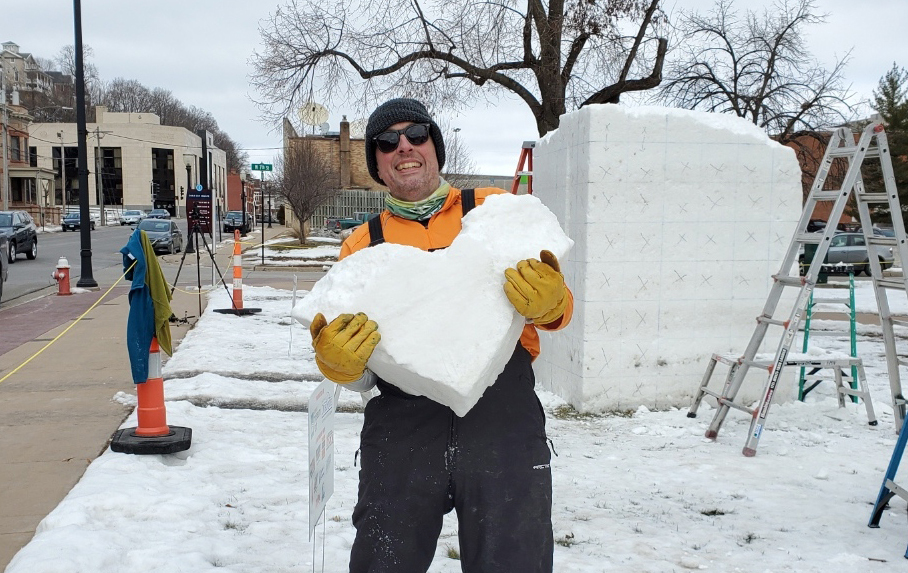
JEFF: You’ve been on your own a long time. What excites you about being part of a team again?
JEREMY: I like ideas. I missed having a room full of creative people. Collaboration reduces stress because you have people to bounce ideas off of. I like that McCullough is a tight-knit team that doesn’t let each other fail.
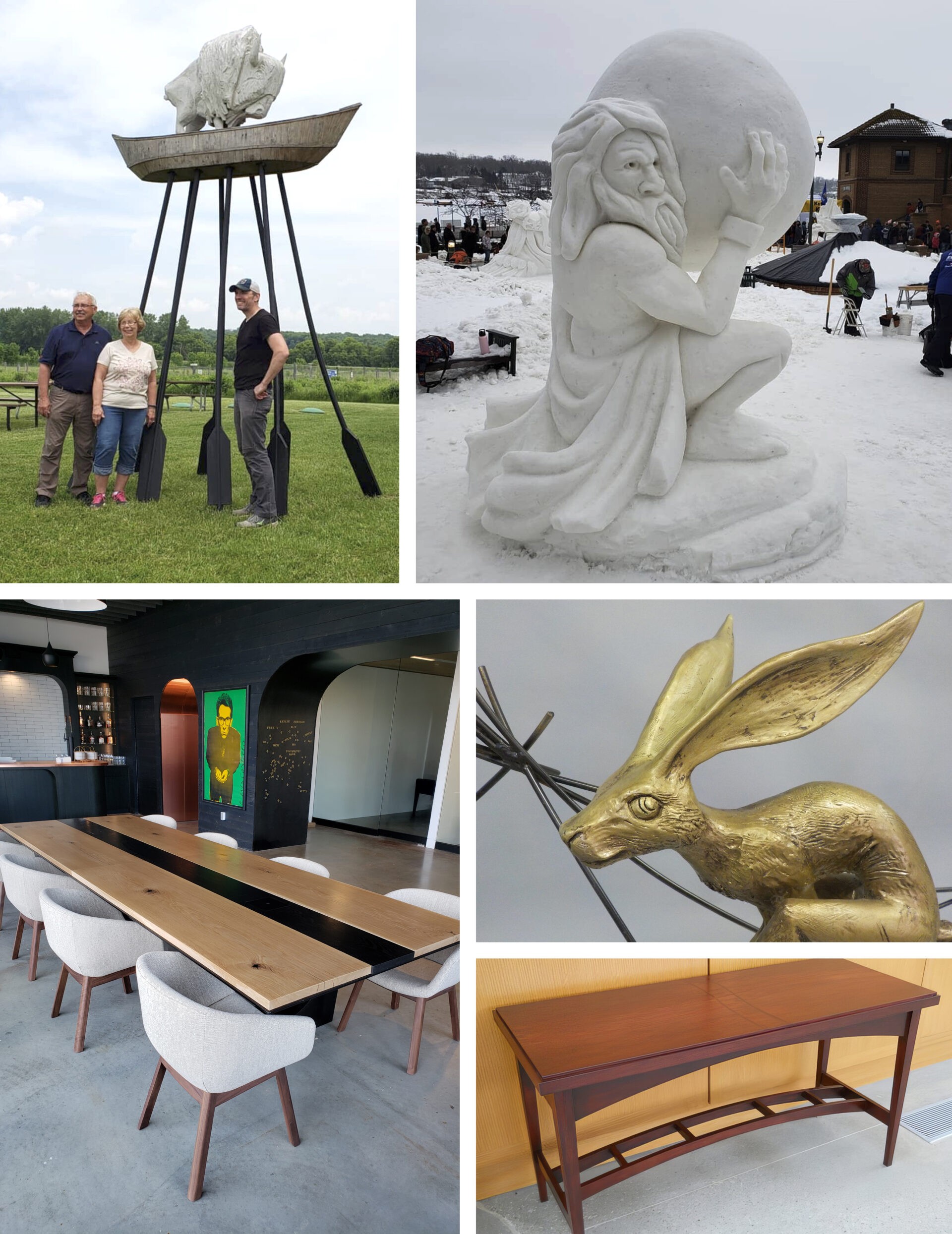
JEFF: We’ve talked about Jeremy the professional. Let’s get to know you more as a person. What should we know about your family, your roots, what keeps you busy outside of work?
JEREMY: I’m married to Christina—going on 25 years—and we have three daughters: Addie, Emily and Lucy. I grew up on a farm in Iowa and went to Iowa State because it was as far away from home as I could get while still going to a state school. We live out in Petersburg now. My wife and I are into trail running—we did the 100K at the Mines of Spain two years ago. I like being outdoors; it keeps me balanced and inspired.
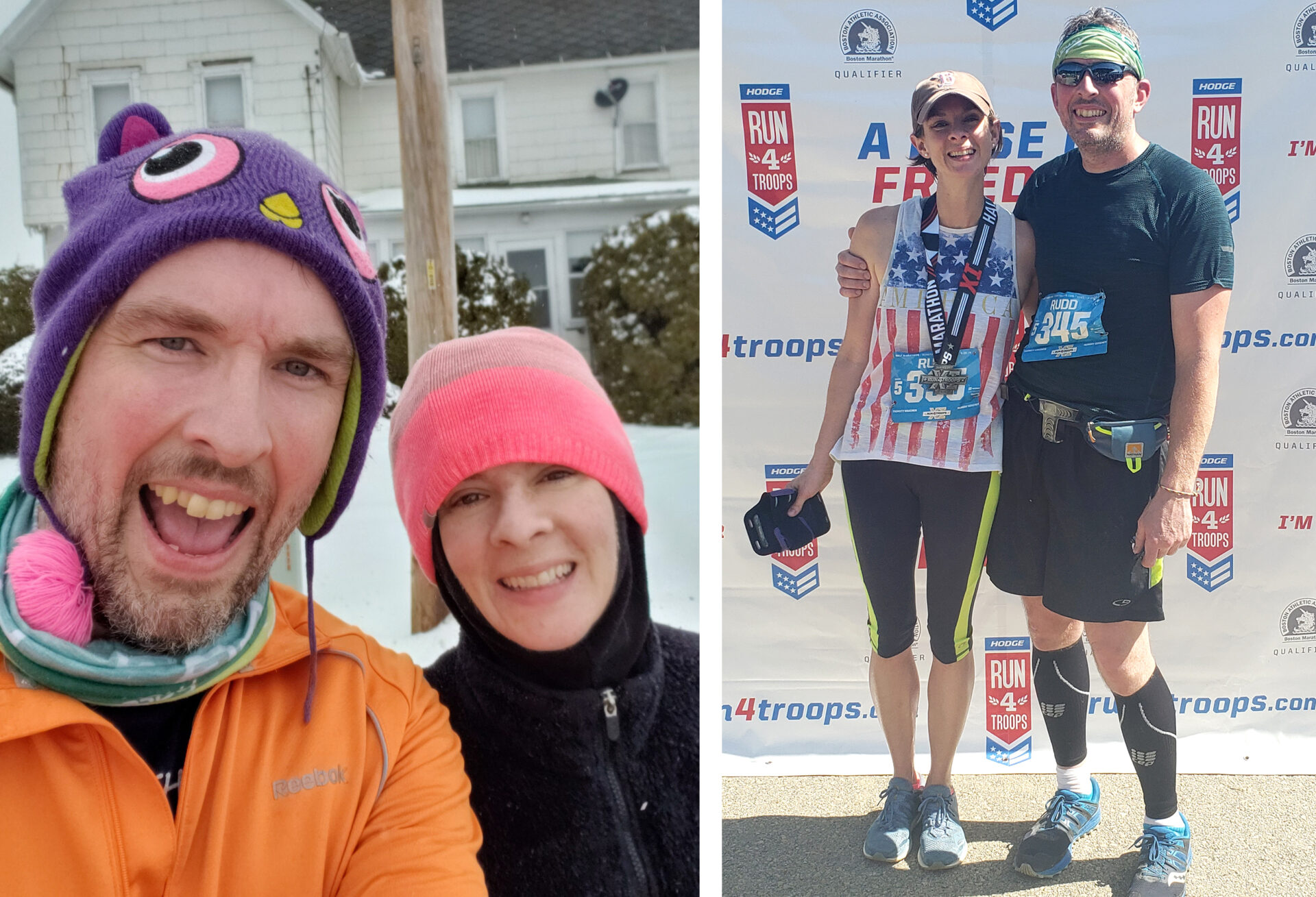
JEFF: Last one—what should clients know about working with you?
JEREMY: I see my skill set as a translator. People have ideas but not always the vocabulary to describe them. I take their concepts and turn them into objects that can live in space and communicate what they want. I want to focus my time on work that has meaning and helps clients tell their stories. I’m excited to get started!

